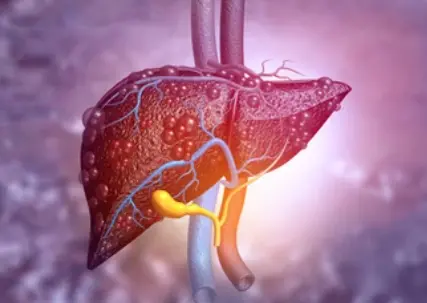 Welcome
Welcome
“May all be happy, may all be healed, may all be at peace and may no one ever suffer."
Systemic hyperfibrinolysis - Generics
Systemic hyperfibrinolysis is a medical condition characterized by an abnormal increase in fibrinolysis, which is the process of breaking down blood clots. This can lead to excessive bleeding and potentially life-threatening hemorrhage.
Fibrinolysis is a normal process that occurs in response to injury or to prevent clot formation in blood vessels. Fibrin, a protein that forms the structural framework of a blood clot, is broken down by plasmin, an enzyme that cleaves the fibrin molecule into smaller fragments. However, in systemic hyperfibrinolysis, the balance between clot formation and breakdown is disrupted, leading to increased plasmin activity and excessive fibrinolysis.
Systemic hyperfibrinolysis can be caused by a variety of conditions, including trauma, sepsis, liver disease, cancer, and certain medications. It can also occur as a complication of surgery, particularly cardiac surgery, and can be associated with high mortality rates.
Symptoms of systemic hyperfibrinolysis can include excessive bleeding, easy bruising, and prolonged bleeding after minor trauma or surgery. Diagnosis is based on laboratory tests that measure the levels of fibrin degradation products and other markers of fibrinolysis.
Treatment of systemic hyperfibrinolysis depends on the underlying cause and severity of the condition. In some cases, supportive measures such as blood transfusions and administration of clotting factors may be necessary. Antifibrinolytic agents such as tranexamic acid or aminocaproic acid can also be used to inhibit plasmin activity and reduce fibrinolysis.
Overall, systemic hyperfibrinolysis is a serious condition that requires prompt diagnosis and treatment to prevent life-threatening bleeding complications.

Nephrosis

Streptococcal pharyngitis

Atopic or contact dermato...

Vincents infection

Herpes simplex

Scrub typhus

Biliary-tract infections

Vasculitis
Systemic hyperfibrinolysis, সিস্টেমেটিক হাইপারফাইব্রিনোলাইসিস
To be happy, beautiful, healthy, wealthy, hale and long-lived stay with DM3S.